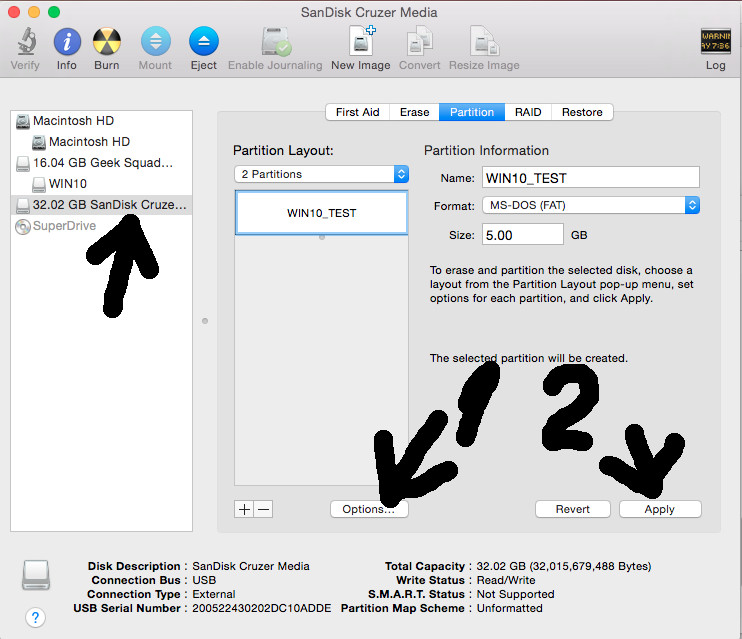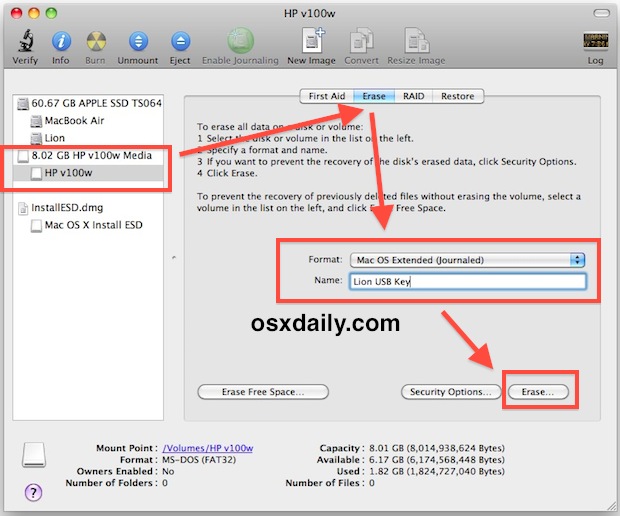I’m going with 4kb (4096 bytes) as my allocation size because I work with small files most of the time, and my flash drive is just 16GB.. For example, in Windows XP 'My Computer' is equivalent to 'This PC' on Windows 10.. Which File System Should You Use? Before you format your USB drive, you need to think about which file system to use.
As for allocation size, it all depends on what you want to do with your drive If you have a large drive (such as a 500GB hard drive), a large allocation size such as 32 kilobytes will make your device faster, but storage space may fill up quicker.. Here is the breakdown of the pros and cons of each filesystem Pros Cons Best Used For Fat 32 * Compatible with all major operating systems.. * Removable storage devices such as USB Flash Drives * Devices that need to be plugged into a variety of operating systems.
format windows
format windows, format windows 7, format windows 10 laptop, format windows 7 without cd, format windows 8, format windows xp, format windows 10 hard drive, format windows 7 laptop, format windows 10 with usb, format windows 10 without cd, format windows cmd, format windows hard drive, format windows drive, format windows usb, format windows pc Fitur 6ft Thunderbolt Mini Displayport Dp To Hdmi Adapter Cable For Mac
Part 2: Formatting USB on a Windows PC Please note: I'm here t o use a Windows 10 based HP laptop to format my Lexar drive.. * External hard drives * Flash drives if you want to work with files larger than 4GB.. Method 1: Format USB Drive using File Explorer This is the easiest way and simply requires you to plug in your USB Drive, open the Windows File Explorer and right click your drive to view a number of actions that you can perform. Mac Os X 5 Download

format windows 10 hard drive

format windows cmd

* Supports on-the-fly file encryption * Limited cross-platform compatibility * Internal hard drives.. NTFS * Can create partitions larger than 32GB * Can read/write files larger than 4GB.. Now, let’s take a look at some ways you can format your USB drive on Windows 10.. If you are on an earlier operating system like Windows 7, XP, etc The screenshots may look slightly different.. Clicking the “format” option will open a new window where you can configure the available options before formating your drive.. * Windows system drives ExFAT * Provides an unlimited file and partition size * You may need to install drivers to get exFAT compatibility on Linux.. * Less memory usage * Cannot handle single files larger 4GB *Limited partition size (up to 32GB).. Windows 10 offers three file system options when formatting a USB drive: FAT32, NTFS and exFAT.. File Systems are simply ways of organising data on a storage device (such as hard drives or SD Cards), and support for various file systems varies depending on your operating system. 773a7aa168


0